Definition of Defects in Oak Wood Grading
When taking a look at oak flooring it can be hard to decipher if a grain, knot, or discoloration is actually a unique feature of the wood or instead a defect that affects its grading. Wood flooring in general follows those same principles – some wear and tear adds to the allure and the natural surface is what makes each plank unique. Then again, these issues could be the signs of poor wood quality and will affect the general durability and lifespan of your floor. Knowing what is classified as a defect and how it affects the wood grain is priceless knowledge that could save you hundreds of dollars in flooring upfront and costly replacements down the line.
Knowing the Different Grades
Understanding how wood is graded can be difficult, especially because there are multiple variations within one class (select, common, #2 common, #3 common, etc.) The best way to know the basics is to look at the wood within four categories:
- Clear / 1st Grade / A – this classification is considered the premium part within each wood species. The wood is clear and beautiful in grain and is very uniform in color with only very small defects.
- Select / 2nd Grade / B – a notch just below the best. the appearance will have more ‘looks’ of wood from color streaks, to broken grains, etc.
- #2 Common / C Grade – these boards have bigger open knots to some splits with a rougher overall texture, also some sapwood.
- Cabin / Shop / D Grade – There will be more natural defects such as bigger knots, worn holes sapwood, color vierations.
- Rustic / E Grade The wood is full of natural defects and big splits. Which need a lot of repairing work to make it useful.
What defines a ‘minor’ blemish from a significant one bears some argument but it’s good to know the groundwork of what defines each class. Some of those blemishes or defects include:
Burls – a burl on the oak tree itself is a very bulbous growth that results from some sort of stress whether it be a fungus, virus, or injury. The twisted and deformed burl wood is actually very desirable in furniture making and in sculptures with many thieves even going so far as cutting down, stealing, and selling the trees. Burls appear as swirls or twists in wood but are still allowed small and occasionally in Clear / 1st grade.
Worm Holes – an Oak tree growing in the wild has natural defenses against predators but one that has been recently downed or one that is milled or in storage is very vulnerable to insects such as Powderpost beetles. These insects lay their larvae within the wood and those worms soon feed on the wood when hatched. The result is numerous holes ranging in size that looks like somebody took a poker to the surface. Small worm holes are allowed in Select / 2nd grade on down.
Grub Worm Holes – whereas worm holes create symmetrically round imperfections in a dense area, grub worm holes are oblong cutouts on the surface of the flooring. Grub worm holes are definitely considered a defect and are only permitted in Common / C grade flooring and below.
Sapwood – the two main parts of a tree that produce wood are the sapwood and the heartwood. The sapwood is how the tree produces and transports food and the area eventually moves from the center of the tree to just inside the layer of bark as it grows. Therefore the wood at the center of the tree becomes heartwood, an older, harder, more refined / unique combination of colors and grains. The sapwood is a lighter color and is thus not as desirable in darker oaks of the clear and select grade of flooring.
Streaks – mineral streaks are created as sap transports food and in oak flooring they can be just as natural-looking as grains. In fact, streaks less than 6” in length are allowed even in Clear / 1st grade flooring.
Milling Imperfections – while some ‘defects’ actually enhance the look of the wood because they are imperfections that result from nature, milling blemishes do not fit that bill. There are marks on the wood such as machine burn, cut marks, and gouges that result from turning lumber into useable wood. Slight imperfections can usually be sanded out and are thus allowed in Clear / 1st grade flooring but the more severe they appear, the more likely they are to drop the wood down a grade.
Open Checks – checking is when the boards of a wood plank are cracked, usually near the ends. This results from wood naturally seasoning but also in changes of moisture from kiln drying stress. Checks are accepted (in a reasonable amount) on Select grade finishes and below.
Knots – a knot results from the formation of a twig or branch and is generally considered as much of a natural occurrence in wood as color and grain. That being said, only minimal knots are allowed in Clear grade oak wood finishes.
Splits – as wood dries it can separate from itself which is known as a split. This typically happens lengthwise (with the grain) and is not acceptable in Clear or Select grade oak as the crack is very liable to grow.
Sticker Stain – stickers are strips of wood that are used to separate multiple boards as they are stacked for drying. When the wood dries slowly under high temperatures a gray stain occurs, sometimes only present after planing the board. Sticker stains do not present a natural-looking defect and are thus usually only allowed in Common grade oak.
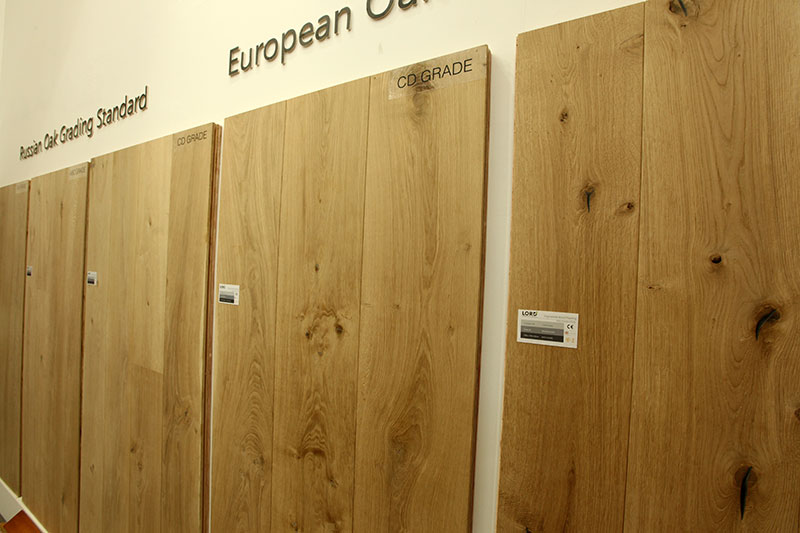
Depending on where you are going to have the floor installed (modern home, cabin, etc.) some defects and natural wear may actually be desirable. That being said, it’s important you don’t pay for Clear grade material when you are in fact receiving ‘seconds’.
Our professional team is engaged to hand sort A, B, C, D and KD veneers according to specified grading standard in compliance with client’s specification. Thickness check of individual veneer ensures each piece is in compliance with the required thickness.




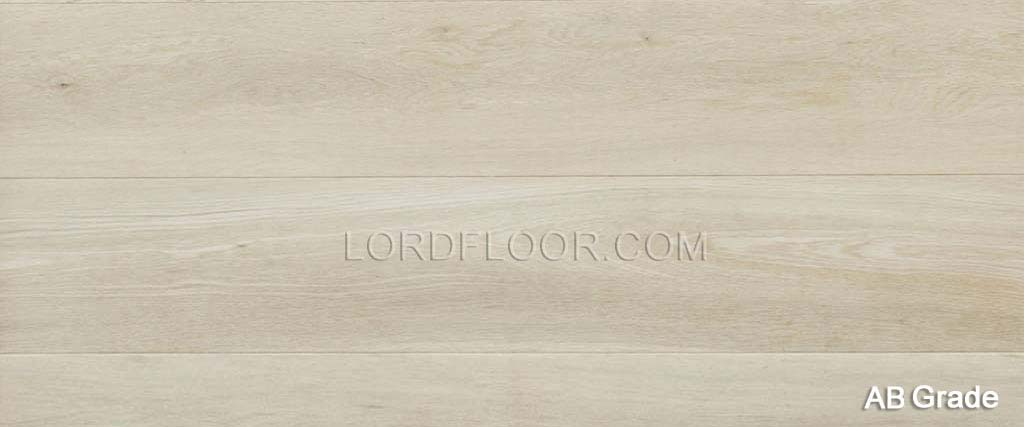
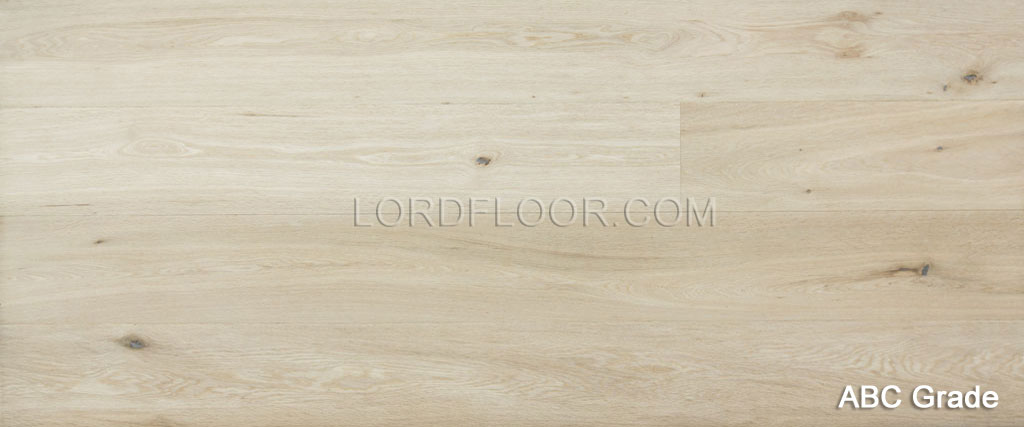
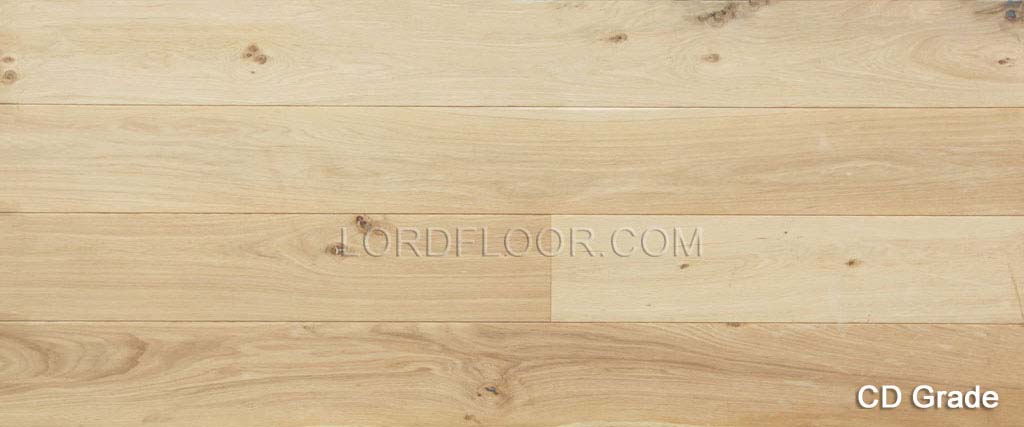
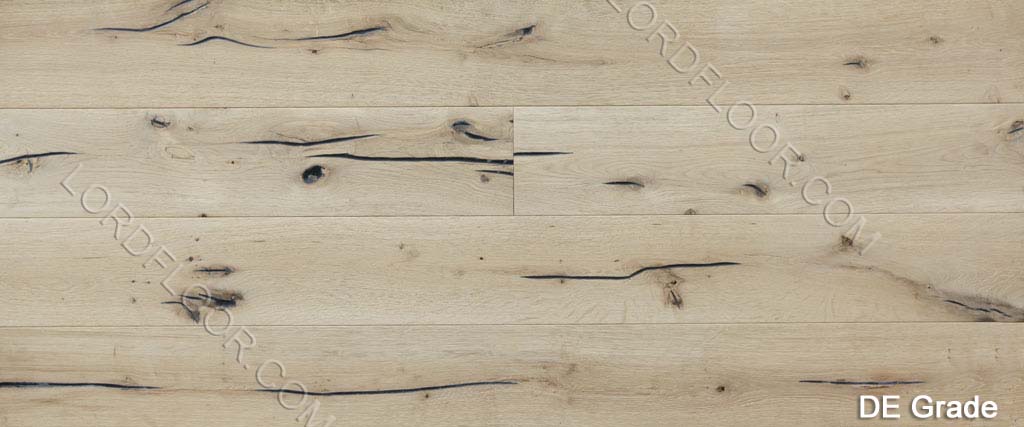
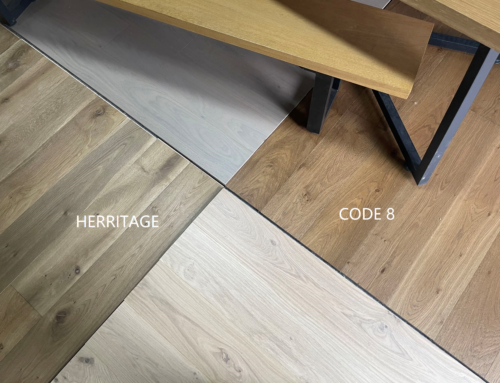

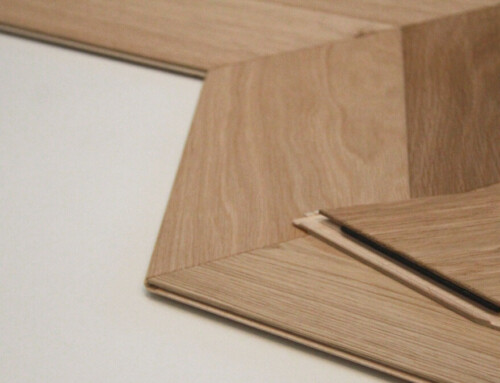
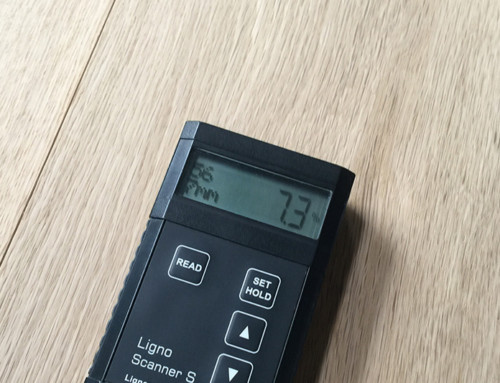
Can offer ab all sizes